

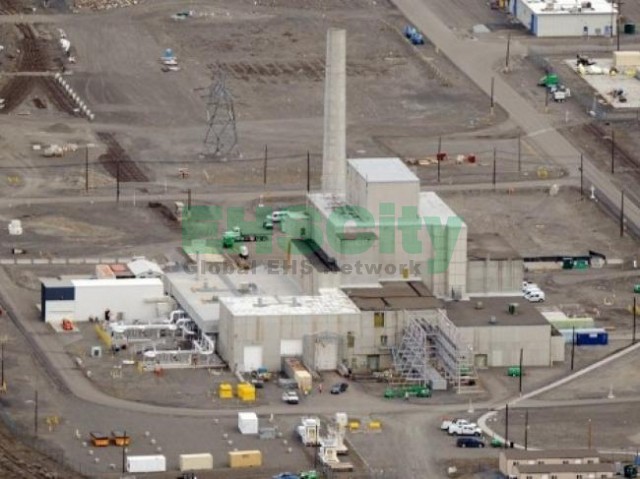
汉福德核废料处理区。(法新社资料图片)
(9日)上午,在距离温哥华市东南部约400多公里的美国华盛顿州的汉福德核废料处理厂(Hanford Nuclear Reservation),一条装有核污染物品的隧道发生倒塌。事故原因正在调查中,但目前未发现有人员伤亡,也没有检测出核放射。


美国CNN和加拿大CBC的报道都指出,华盛顿州生态部门表示,没有探测到有辐射泄漏,事件中也无人受伤。
《独立报》、CBS等媒体的报道称,隧道倒塌后,美国能源部在今早8点26分启动了汉福德紧急行动中心(Emergency Operations Center)。报道称,一些工人被告知返回家中,而另外一些工人则被告知在调查员对情况进行调查期间必须待在室内避难。
汉福德的一位发言人表示,事件仍然在进一步调查中,事发后一位经理向员工发送一条短信说要确保建筑物内的通风安全,同时要避免饮食。
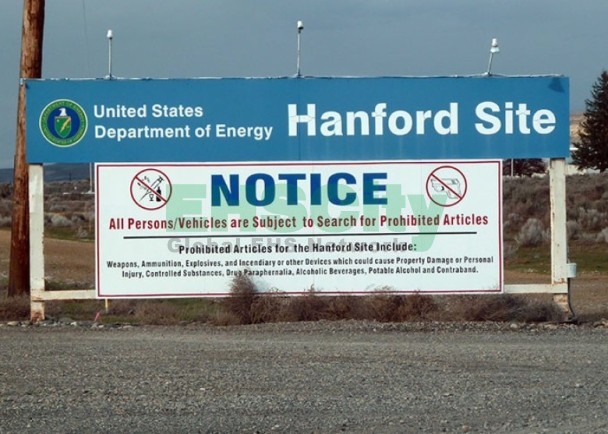
隧道倒塌的原因目前仍在调查中,但能源部表示,很可能是由于修路人员在隧道上方施工造成的。
华盛顿州州长英斯利(Jay Inslee)表示,联邦、州及地方官员对此事件的回应正在进行密切配合,“我们将会继续监测这里的形势,就联邦政府的回应给予协助”。
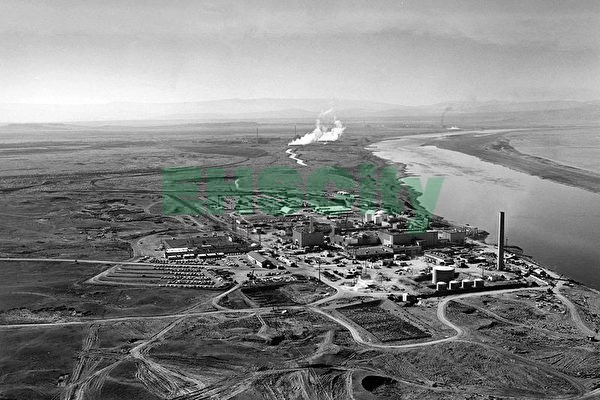
汉福德核处理厂前身曾一度为美国政府开采钚,用来制造核武器,包括二战中投放到日本长崎市的原子弹。冷战结束后,成为核能废料储存地。它目前是美国最大的放射性核废料处理厂区,约有5600万加仑的核废料,大多数的核废料都置于地底下。
汉福德核废料储存地的清理工作多年来一直是能源部的一个首要事项。该地自从1980年以来就没有再生产钚,1989年政府开始实施核废料清理计划。美国能源部近期雇用了私人承包商开展一项价值为1100亿美元的工程,来清理储存在177个地下储存罐内的5600万加仑化学核废料。
其实在周二的隧道倒塌事件发生之前,就有报告称这些地下储存罐泄漏有毒的、放射性蒸汽及化学物质,可以导致癌症、脑损伤及肺损伤。去年至少有61名员工接触到这种致命的蒸汽。专家说,这里是“美国最毒的地方”。
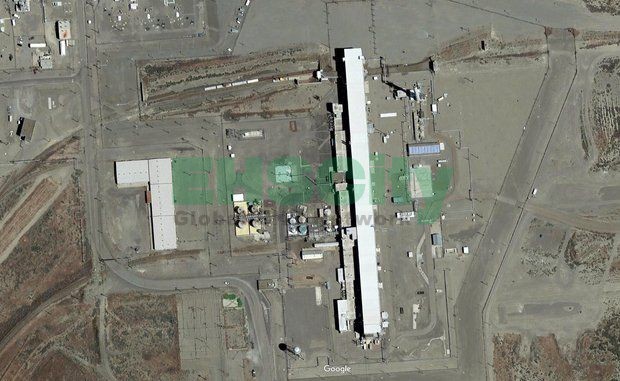
相关报道:距温哥华400公里 美国核辐射物漏了出来
据星岛日报,2013年2月,汉福德核废料处理厂再次被侦测到有高辐射物钸(plutonium)渗漏,该处距离温哥华市东南部约400公里。当地政府承认,渗漏事件对水源构成长远的威胁。有环保人士更指出,辐射物迟早会进入人类食物系统,包括野生三文鱼。
美国能源部证实,汉福德核废料处理场的差不多200个地下废料储存箱中,其中一个被侦测到高辐射化学废物钸水平下降,意味着出现了渗漏问题。
华州州长英士利(Jay Inslee)表示,渗漏事件不会构成即时的威胁,但承认长远来说,辐射物会进入水源或邻近的哥伦比亚河(Columbia River)。
事实上,过去多年来,汉福德已有超过100加仑的放射性废料渗漏出来。卡彭特警告,现在本地鱼类已被检测到体内有钸成分,若情况未有任何改善,下一个"受害人"将会是野生三文鱼。
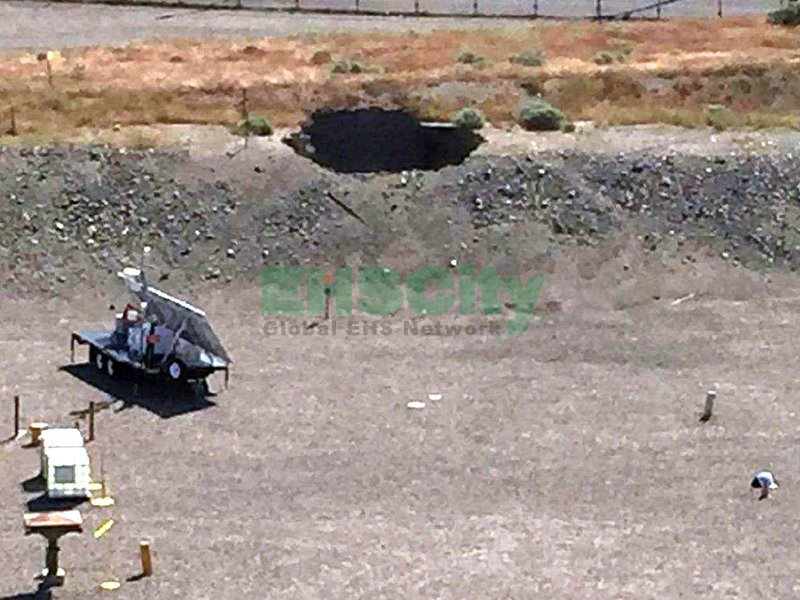
事故现场。图片来自:美联社
The collapse of an underground tunnel containing radioactive waste that forced workers at the Hanford Nuclear Reservation to shelter in place is the latest incident to raise safety concerns at the sprawling site that made plutonium for nuclear bombs for decades after World War II.
Officials detected no release of radiation Tuesday and no workers were injured, said Randy Bradbury, a spokesman for the Washington state Department of Ecology.
No workers were inside the tunnel when it collapsed, causing soil on the surface above to sink 2 to 4 feet (half to 1.2 meters) over a 400 square foot (37 square meters) area, officials said.
The tunnels are hundreds of feet long, with about 8 feet (2.4 meters) of soil covering them, the U.S. Department of Energy said.
The anti-nuclear group Beyond Nuclear said the incident helped show "radioactive waste management is out of control."
Democratic U.S. Sen. Maria Cantwell of Washington said worker safety must be the priority.
"My thoughts are with the first responders who are working to assess the situation on the ground," she said.
Worker safety has long been a concern at Hanford, which is located about 200 miles (322 kilometers) southeast of Seattle.
Washington Attorney General Bob Ferguson filed a lawsuit last fall against the Energy Department and its contractor, Washington River Protection Solutions, contending vapors released from underground nuclear waste tanks posed a serious risk to workers.
Ferguson said that since the early 1980s, hundreds of workers have been exposed to vapors escaping from the tanks and that those breathing the vapors developed nosebleeds, chest and lung pain, headaches, coughing, sore throats, irritated eyes and difficulty breathing.
Lawyers for the Energy Department have said no evidence has been provided showing workers have been harmed by vapors.
The cause of the collapse was not immediately known. It was discovered Tuesday as part of a routine inspection and occurred during a massive cleanup that has been underway since the 1980s and costs more than $2 billion a year. The work is expected to take until 2060 and cost more than $100 billion.
Hanford officials said they were studying the area of the collapse to determine how to create a barrier between the contaminated equipment in the tunnel and the outside air.
Workers near the site were evacuated and hundreds of others farther away were told to remain indoors for several hours, the federal agency said.
Non-essential workers among the labor force of 9,000 at the site were sent home early along a safe route.
"No action is currently required for residents of Benton and Franklin counties," the Energy Department said, referring to the nearly 300,000 residents near the site about 200 miles southeast of Seattle. "There is no indication of a release of contamination at this point."
U.S. Energy Secretary Rick Perry was briefed on the incident that Washington Gov. Jay Inslee called a serious situation.
"Ensuring the safety of the workers and the community is the top priority," said Inslee, a Democrat who previously represented the Hanford region in Congress.
The accident occurred at a plant known as the Plutonium Uranium Extraction Facility, or PUREX, located in the middle of the 500-square-mile (1,295-square-kilometer) Hanford site — half the size of Rhode Island.
The PUREX building is the length of three football fields and was used to recover plutonium from irradiated fuel rods.
Hanford for decades made plutonium for nuclear weapons and is now the nation's largest depository of radioactive defense waste, with about 56 million gallons of waste, most of it in 177 underground tanks.
As part of the huge, ongoing cleanup, rail cars full of radioactive waste were often driven into tunnels and buried.
The senior Democrat on the House Energy and Commerce Committee said he is requesting that the Energy Department brief the committee on the root cause of the collapse.
New Jersey Rep. Frank Pallone said the incident underscores the need for the department to take all necessary precautions to ensure the safety and security of workers.
The committee oversees the department's management of the cleanup efforts.
The Hanford site was built during World War II and made plutonium for most of the U.S. nuclear arsenal, including the bomb dropped on Nagasaki, Japan, at the end of the war.
———
Geranios reported from Spokane, Washington. Associated Press writer Matthew Daly in Washington, D.C., contributed to this story.
欢迎大家扫描下面二维码,加主编为好友
朋友圈会额外推送更多实时信息


